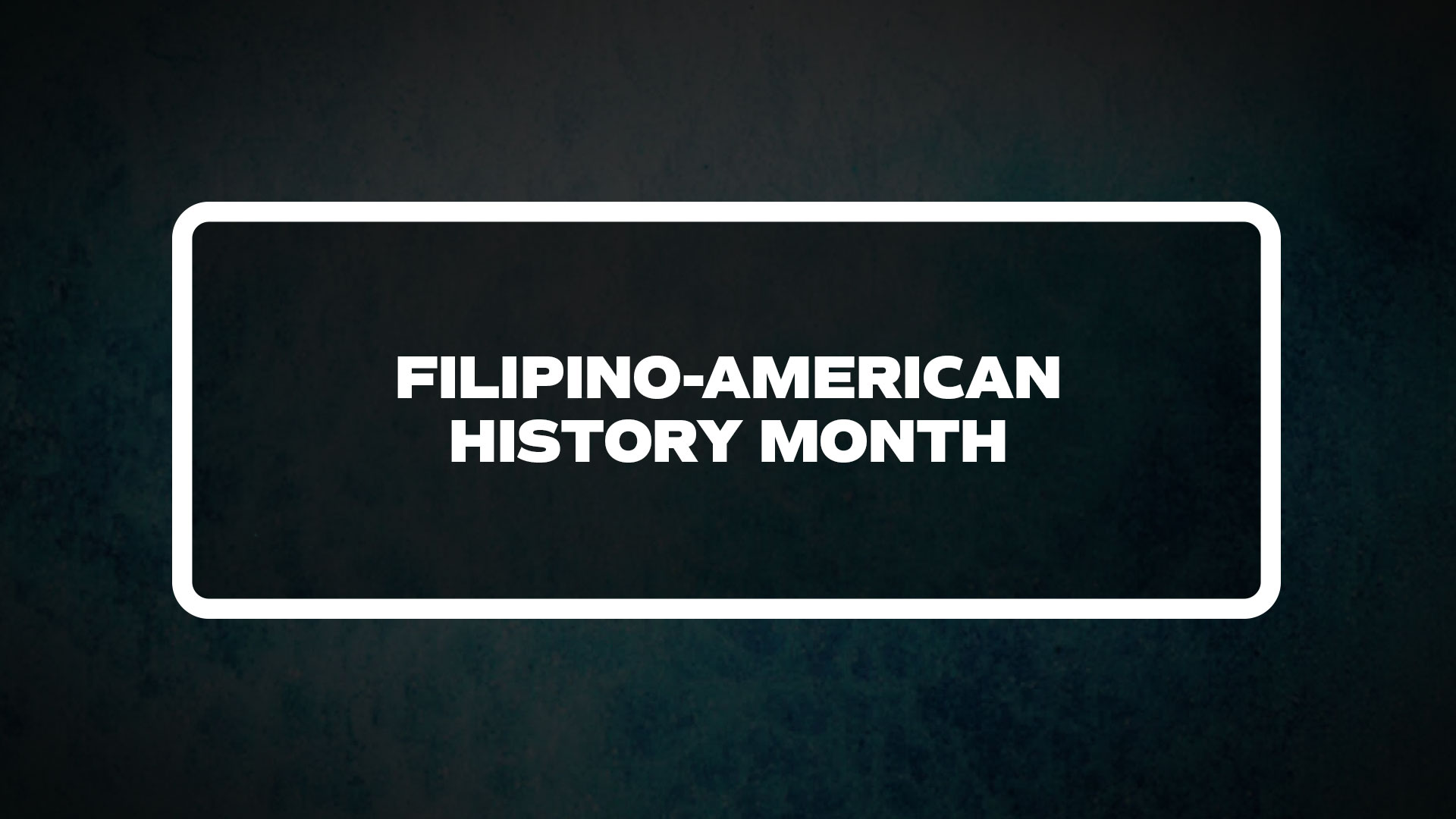
Filipino American Heritage Month, observed annually in October, is a time to celebrate and honor Filipino Americans’ rich cultural heritage, contributions, and resilience in the United States. From their earliest migrations to the present day, Filipino Americans have played a substantial part in shaping American society, culture, and history. This month-long celebration provides an opportunity to delve into the multifaceted aspects of Filipino American identity, from their diverse traditions and languages to their struggles and triumphs in pursuing the American Dream.
The history of Filipino migration to the United States is a testament to their resilience and determination. It dates back to the late 19th century, with the arrival of Filipino sailors known as ‘Manilamen’ in Louisiana and California. However, the recruitment of Filipino laborers to work in the cane fields of Hawaii and the agricultural fields of California in the early 20th century marked the beginning of a larger Filipino American community. Despite facing racial discrimination, exploitation, and xenophobia, Filipino immigrants persevered, forming tight-knit communities and establishing cultural institutions to preserve their heritage.
One of the most significant chapters in Filipino American history is the era of the The Agricultural Workers Organizing Committee (AWOC) and the Delano Grape Strike of 1965, led by labor leaders Larry Itliong and Philip Vera Cruz, this historic labor struggle, which demanded fair wages and working conditions for Filipino farm laborers, helped pave the way for the formation of the United Farm Workers (UFW).
The Filipino American community is a vibrant tapestry of cultures, traditions, and identities. It is incredibly diverse, reflecting the Philippines’ complex history of colonization and migration. With over 7,500 islands and a multitude of ethnic groups and languages, Filipino Americans represent a fusion of influences that shape their unique cultural heritage. From the indigenous peoples of the Cordillera region to the descendants of Spanish, Chinese, and American settlers, the Filipino American community is a living testament to the beauty of diversity.
Moreover, the Filipino diaspora in the United States is a testament to their contributions and achievements. It encompasses professionals, healthcare workers, caregivers, artists, activists, athlete, and entrepreneurs who have made significant contributions to American society.
Filipino American Heritage Month highlights the richness and diversity of Filipino culture through various artistic expressions, culinary traditions, and community events. From traditional dances like tinkling and single to vibrant festivals like the Parol Festival and Barrio Fiesta, Filipino Americans celebrate their heritage with pride and enthusiasm.
Cuisine is another integral aspect of Filipino American identity, with dishes like adobo, sinigang, pancit, and lumpia gaining popularity and acclaim across the United States. Filipino American chefs and restaurateurs have garnered attention for their innovative takes on traditional recipes, elevating Filipino cuisine to mainstream recognition and appreciation.
Filipino American Heritage Month is a time to celebrate Filipino Americans’ legacy, resilience, and contributions to the United States. Filipino Americans embody the rich tapestry of American diversity and multiculturalism, from diverse cultural traditions to unwavering resilience. As we commemorate this month-long observance, let us honor the past, celebrate the present, and strive toward a future where Filipino Americans are valued, respected, and empowered to thrive in all American life.